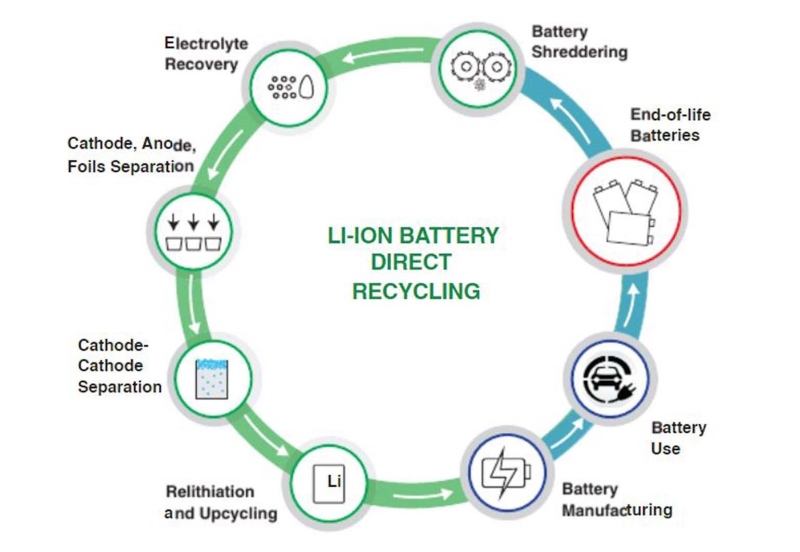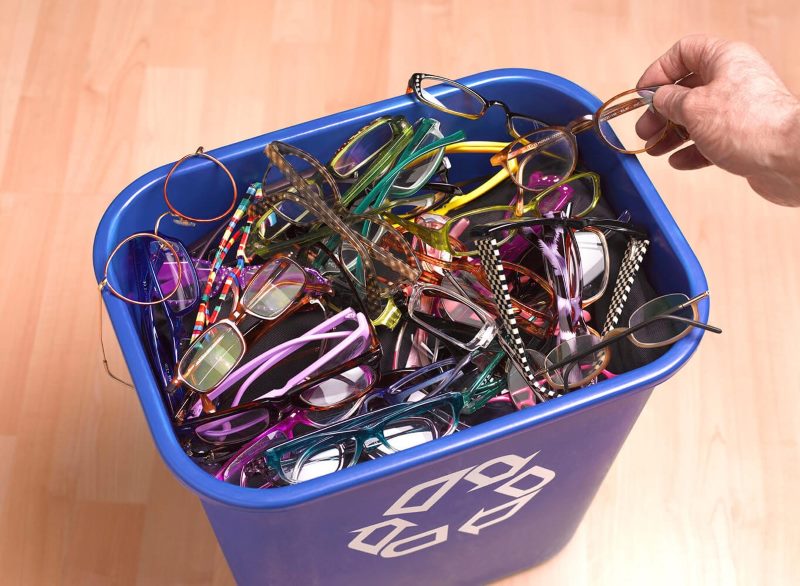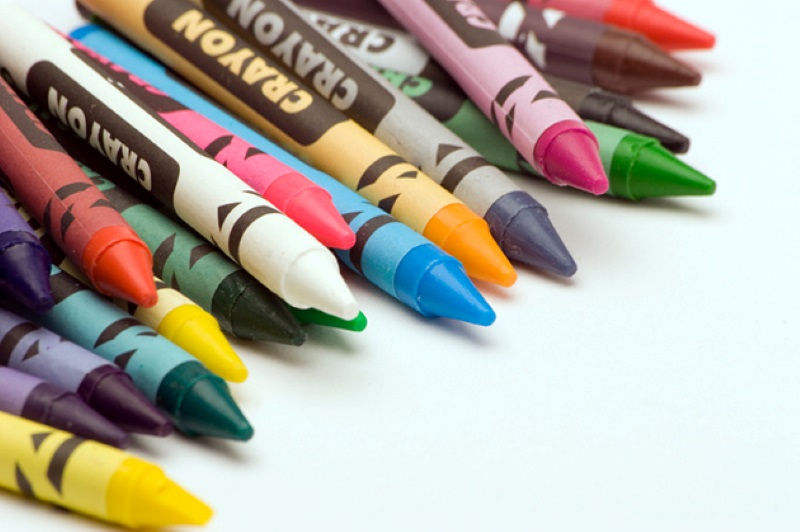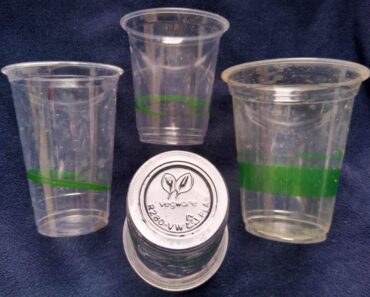Recyclable waste refers to items and materials that can be processed and reused in the production of new products, instead of being thrown away and ending up in landfills. Recycling is an essential practice for environmental sustainability, helping to conserve natural resources, reduce pollution, and lower greenhouse gas emissions. Here are some common examples of recyclable waste:
Examples
1. Paper
2. Glass Bottles
When glass bottles are recycled, they are collected and taken to a recycling center, where they are sorted by colour and then crushed into small pieces called cullet. The cullet is cleaned and melted down to make new glass bottles or other glass products. Recycling glass is very efficient because glass can be recycled many times without losing its quality, and it helps save the raw materials needed to make new glass, like sand.
3. Aluminium Cans
Aluminium cans are popular for storing drinks like soda and beer because they are light, won’t rust, and keep the drink inside fresh. When it comes to recycling, aluminium cans are collected and taken to a recycling facility. There, they are cleaned and melted down into a liquid. This liquid aluminium is then poured into molds to make new sheets of aluminium, which can be used again to make more cans.
4. Steel and Tin Cans
When these cans are recycled, they are first collected and then taken to a recycling facility. There, any labels or plastic lids are removed, and the cans are cleaned. After cleaning, the cans are melted in a large furnace. The melting process turns the cans into molten metal, which is then poured into molds to form new metal sheets or other metal products. This recycled metal can be used to make new cans, car parts, appliances, and many other items.
5. Paper Clips
For recycling, paper clips are collected and separated from other materials. Then, in a recycling facility, these steel paperclips are melted down in a furnace at high temperatures. Melting turns the paper clips into a liquid form of steel, which can then be purified and cooled to solidify. Once solid, this recycled steel is rolled or molded to create new steel products.
6. Plastic Bottles
Plastic bottles are made from a type of plastic called PET (polyethylene terephthalate). When it comes to recycling, plastic bottles are collected and taken to a recycling facility where they are sorted, cleaned, and crushed into small pieces. These pieces are melted and formed into tiny pellets. These pellets can be used to make new plastic bottles or other plastic products, like clothing, carpets, or new packaging materials.
7. Single-Use Plastic Tableware
Single-use plastic tableware, such as plastic cups, plates, forks, and spoons, are typically made from polyethylene terephthalate (PET) or high-density polyethylene (HDPE). When recycling these containers, they are collected, cleaned, and then shredded into small pieces. These pieces are then melted and reshaped into new products, which can include things like clothing fibers, carpeting, or even new containers.
8. Batteries
Recyclable batteries, like those in cars, electronics, and toys, are made by combining materials like lithium, lead, nickel, or cadmium with other chemicals inside a metal casing. When batteries are recycled, they are first sorted according to the type of material used in their manufacture. Then, they are carefully taken apart, and the valuable metals inside are separated. These metals are melted down and purified to be used again in new batteries or other products.
9. Light Bulbs
When it comes to recycling, light bulbs are carefully handled because they can contain small amounts of hazardous materials. The bulbs are first broken down, and the different materials are separated. The glass is usually crushed and melted to be used again in new glass products. The metal parts are also melted down and recycled. In the case of CFLs, which contain a small amount of mercury, the mercury is carefully extracted and reused or safely disposed of.
10. Pots and Pans
Pots and pans are typically made from metals like aluminium, stainless steel, or cast iron. For recycling, they are taken to a recycling center, where they are sorted by the type of metal. The metal is then cleaned, melted down, and formed into new metal products.
11. Textiles
When textiles are recycled, they are first collected and then sorted based on their material type. Natural fibers like cotton and wool can be broken down and spun into new yarn, while synthetic fibers can be melted down and reformed. These recycled fibers and materials can then be used to make new textiles for different uses.
12. Backpacks
Backpacks are usually made from materials like nylon, polyester, canvas, or leather. Recycling backpacks can be a bit tricky because they are made from a mix of materials, including zippers, buckles, and metal pieces. These parts have to be taken apart and recycled separately. Recycling of backpacks are facilitated in specialized recycling programs that either remake them for reuse or recycle the materials to make new products.
13. Mattresses
Mattresses are made from materials like foam, fabric, metal springs, and sometimes wood. When a mattress is recycled, it is first taken apart so that the different materials can be separated. The foam is often shredded and can be used as padding in things like pet beds or furniture. The fabric can be cleaned and used in textile recycling. Metal springs are extracted, melted down, and reused in new metal products. Wood from the frame, if present, can be chipped and used in things like mulch or wood-based products.
14. Electronics
Electronics, like smartphones, computers, TVs, and hearing aids are made from a combination of metal, plastic, glass, and sometimes precious materials like gold or silver. When electronics are recycled, they are first taken apart. Metals are melted down to be reused in new electronic parts or other products. Plastics are also melted and made into new plastic items. Precious materials like gold are carefully extracted and reused because they are valuable.
Electrical appliances, like microwaves, toasters, refrigerators, and washing machines, are made using a combination of materials like metals (steel and aluminium), plastics, and electronic components. When they stop working or are no longer needed, they can be recycled. Recycling them involves first taking them apart to separate the different materials. Metal and plastic materials are melted down and reshaped to make new parts, whereas special care is taken with the handling of electronic components since they may contain hazardous substances.
16. Eyeglasses
Keys are considered recyclable because they are mostly made of metals like brass or steel, which are materials that can be reused. When keys are recycled, they are first collected, and then they go through a process called metal recycling. In this process, the keys are melted down in a high-temperature furnace. Once melted, the metal is purified and then cooled and solidified to form new metal products. This recycling process can turn old keys into various new metal items, like tools, car parts, or even new keys.
18. Inhalers
Recycling inhalers is a bit more complex due to the medical residues and the pressurized container. When inhalers are recycled, they cannot just be thrown in a regular recycling bin. Instead, they should be taken to special pharmacy recycling programs or facilities that can handle medical waste. At these facilities, inhalers are carefully disassembled. The plastic parts are separated, cleaned, and melted down to be reused in new plastic products. The metal components, like the canister that holds the medication, are also recycled separately.
19. Hangers
Many hangers are made of metal, plastic, or a combination of both. Metal hangers can be recycled quite easily. They are collected and then melted down to make new metal products. On the other hand, plastic hangers are a bit more complicated because they need to be the right type of plastic that recyclers accept. If they fit the criteria, they are melted and reshaped into new plastic items. However, not all recycling programs accept plastic hangers due to the variety of plastics used, so it is important to check with local recycling guidelines. For hangers made from both metal and plastic, they need to be separated into their respective materials before recycling.
20. Cosmetic Containers
Cosmetics, like makeup and skincare products, come in containers made of plastic, glass, or metal, which can be recycled. When cosmetic products are empty, the containers can be cleaned to remove any leftover product. Then, they are sorted by the type of material they’re made from. Plastic containers are usually melted down and reshaped into new plastic items. Glass containers are crushed, melted, and formed into new glass products. Metal components, like the ones in lipstick tubes or aerosol cans, are also melted and reused in new metal products. Some cosmetic brands even have special recycling programs where you can return used containers.
21. Wine corks
When wine corks are recycled, they are first collected and then ground into small pieces which can be used to make new products, like cork flooring, notice boards, and even shoes or other sustainable items. Some companies also use recycled corks to create new wine corks.
22. Crayons
To recycle them, the crayons are first collected and sorted by colour. Then, they are melted down in a special process that removes any paper labels and purifies the wax. Once melted, the wax is mixed with new pigment if needed and poured into molds to create new crayons.
23. Juice pouches
- 23 Examples of Recyclable Waste - October 13, 2025
- 26 Examples of Non-Recyclable Waste - October 13, 2025
- 19 Examples of Biodegradable Plastics - October 13, 2025






























